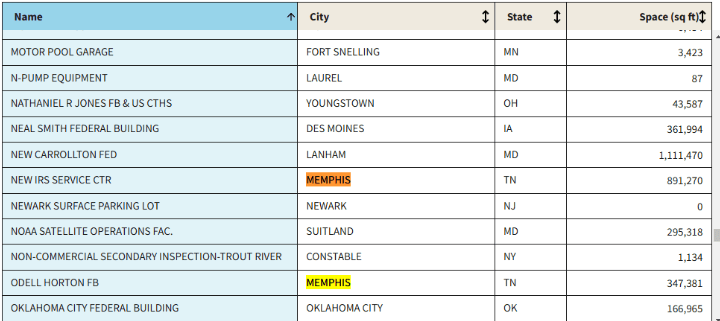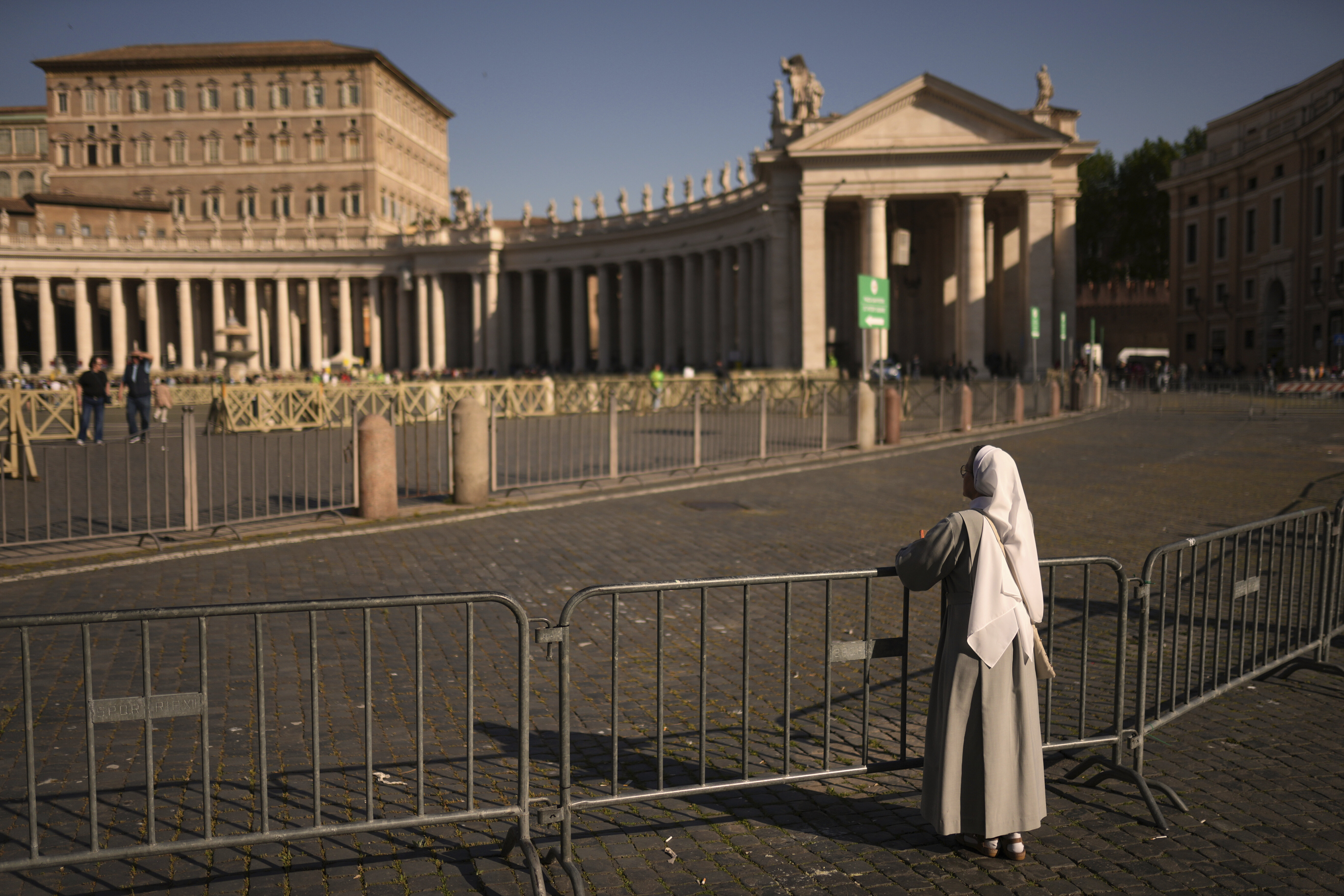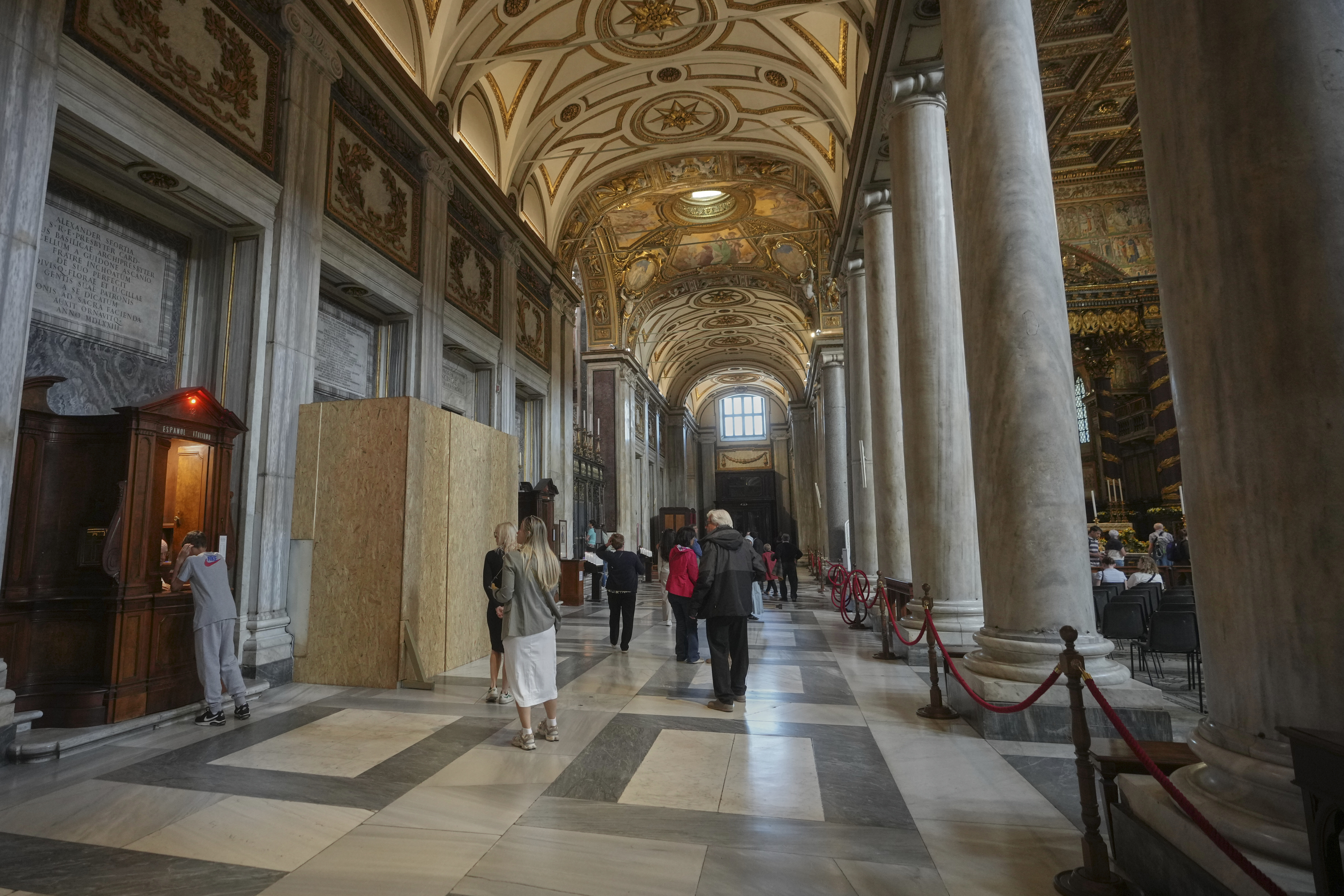MEMPHIS, Tenn. — The IRS Service Center and the Odell Horton federal courthouse and office building in Memphis were both briefly listed for sale by the Trump administration on Tuesday.
The administration on Tuesday published a list of more than 440 federal properties it had identified to close or sell, including the FBI headquarters and the main Department of Justice building, after deeming them “not core to government operations.”
Hours later, however, the administration issued a revised list with only 320 entries, and by Wednesday morning, the list was gone entirely, with the blank web page reading “Coming Soon.”
But using the Internet Archive Wayback Machine, WREG confirmed the two federal properties in Memphis had been on that list before it was deleted.

The two buildings contain more than 1.2 million square feet of Memphis real estate. The larger, the IRS Service Center on Getwell, was built in 1996.
The Odell Horton Federal Building downtown contains the federal courthouse where a Shelby County commissioner was taken into custody last week after his indictment and where several former Memphis Police officers faced a jury trial in the Tyre Nichols beating death case last year.
This week, the Department of Government Efficiency said it is terminating real estate contracts for at least five federal offices in Memphis, Collierville, and Oxford, Mississippi, leading to a total savings of $1,222,284. The IRS and Odell Horton buildings, however, were not on that list.
The General Services Administration, which published the lists, did not immediately respond to questions about the changes or why the properties that had been listed had been removed.
“That list has since been taken down but has caused chaos and confusion and will be potentially costly for taxpayers,” said Democratic Congressman Steve Cohen.
“I’m on the third floor of the Odell Horton Building, which I had named for Odell Horton, a famous jurist, an African American jurist,” said Cohen. “It’s named for him because he is an inspiring figure for young people wanting to go into the law. He was a great judge and a great prosecutor. Don’t tear him down.”
The initial list had included some of the country’s most recognizable buildings, along with courthouses, offices, and even parking garages, and spanned nearly every state. In Washington, D.C., it included the J. Edgar Hoover Building, which serves as FBI headquarters, the Robert F. Kennedy Department of Justice Building, the Old Post Office building, where President Donald Trump once ran a hotel, and the American Red Cross headquarters. The headquarters of numerous agencies, including the Department of Labor and the Department of Housing and Urban Development, were listed as well.
Elsewhere in the country, the administration targeted the enormous Major General Emmett J. Bean Federal Center in Indiana, the Sam Nunn Atlanta Federal Center, the Speaker Nancy Pelosi Federal Building in San Francisco, and the U.S. mission to the United Nations in New York. Roughly 80% of the country’s 2.4 million federal workers are based outside of metropolitan Washington, D.C.
“We are identifying buildings and facilities that are not core to government operations, or non-core properties for disposal,” the GSA said of the initial list of 443 properties. Selling the properties “ensures that taxpayer dollars are no longer spent on vacant or underutilized federal space,” it said, and “helps eliminate costly maintenance and allows us to reinvest in high-quality work environments that support agency missions.”
Trump and billionaire Elon Musk have been engaged in an unprecedented effort to slash the size of the federal workforce and shrink government spending. Selling the designated buildings could save the federal government hundreds of millions of dollars, they claim, while also dramatically reshaping how major Cabinet agencies funded by Congress operate. The Trump administration has also demanded that federal workers report to the office every day.
Several of the buildings on the initial chopping block house agencies that Trump has long criticized and targeted, notably the FBI and Justice Department. The FBI and HUD headquarters are also prime examples of the brutalist architectural style that Trump has tried for years to eliminate, preferring traditional, neo-classical architecture instead.
Eliminating federal office space has been a top priority of the new administration. Last month, GSA regional managers received a message from the agency’s Washington headquarters ordering them to begin terminating leases on all of the roughly 7,500 federal offices nationwide.
In a follow-up meeting, GSA regional managers were told that their goal is to terminate as many as 300 leases per day, according to the employee, who spoke on the condition of anonymity for fear of retaliation.
Musk’s Department of Government Efficiency has listed scores of canceled office leases on DOGE’s official website, raising questions around the country about what will happen to services provided by those offices.
Among the properties on the list released Tuesday were a large federal building and courthouse in Los Angeles; a federal building in Oklahoma City that replaced one destroyed in a 1995 bombing; an IRS computing center in West Virginia and IRS service centers in Ogden, Utah; Memphis, Tennessee; Atlanta; Austin, Texas; Andover, Massachusetts; and Holtsville, New York.
The administration also said it was seeking to offload federal buildings bearing the names of civil rights icons Martin Luther King Jr. in Atlanta and Rosa Parks in Detroit, and the Montgomery, Alabama, bus station that was pivotal in the civil rights movement and now serves as the Freedom Rides Museum.
In a statement, the GSA’s Public Buildings Service said the bulk of properties it had classified as unnecessary were office spaces.
“Decades of funding deficiencies have resulted in many of these buildings becoming functionally obsolete and unsuitable for use by our federal workforce,” they wrote.
📡 See more breaking news, local news and weather from WREG.com for Memphis and the Mid-South.
📧 Sign up for WREG newsletters and have the latest top stories sent right to your inbox.
They said GSA would consider the buildings’ futures “in an orderly fashion to ensure taxpayers no longer pay for empty and underutilized federal office space, or the significant maintenance costs associated with long-term building ownership — potentially saving more than $430 million in annual operating costs.”
The original list of 443 buildings, which are currently owned and maintained by GSA, spanned almost 80 million rentable square feet, the agency said.

















